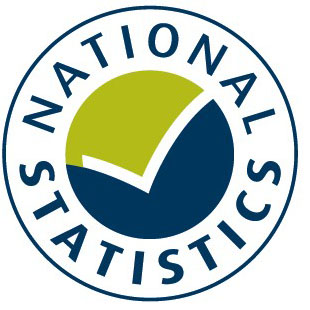All supporting files from this release are listed for individual download below:
Advanced learner loans applications - top 10 qualifications (csv, 14 Kb)
Advanced learner loans applications - top 10 qualifications
Education and Training Achievement Rates - By Provider with Provider Type (zip, 4 Mb)
2021/22 and 2022/23 achievement rates for individual providers. Also includes provider type.
Education and Training Achievement Rates Transparency - Provider Redactions (pdf, 583 Kb)
Redacted 2021/22 Education and Training achievement rates for those providers whose data has been redacted from the official provider level national achievement rate tables. Note there are no redactions for the 2022/23 year.
FE and skills (FES) learner achievements (excluding Community Learning and non-regulated Multiply aims) (csv, 491 B)
Adult (19+) FE and skills (FES) learner achievements (excluding Community Learning and non-regulated Multiply aims) from 2016/17 to 2022/23. This file was published in January 2024. This summary file contains a count of learners achieving any funded FE and skills learning aim, with the exception of community learning and non-regulated Multiply aims. The main FE and skills publication contains total FES learner achievements that include Community Learning and non-regulated Multiply provision.
FE and skills (FES) learner achievements (excluding Community Learning and non-regulated Multiply aims) by local authority (csv, 62 Kb)
Adult (19+) FE and skills (FES) learner achievements (excluding Community Learning and non-regulated Multiply aims) by local authority from 2018/19 to 2022/23. This file was published in January 2024. This summary file contains a count of learners achieving a funded FE and skills learning aim, with the exception of community learning and non-regulated Multiply aims. The main FE and skills publication contains total FES learner achievements that include Community Learning and non-regulated Multiply provision.
FE and skills (FES) learner participation by provider and sex 2022/23 (csv, 598 Kb)
This contains adult (19+) FE and skills (FES) learner participation by provider and sex for the academic year 2022/23
Metadata for underlying data files (pdf, 435 Kb)
Explanatory information for using the underlying data files that accompany the FE and skills 2023/24 statistics publication.
Underlying data - FE and skills (FES) aims achievements 2022/23 full year updated with Under 19s (zip, 133 Mb)
This contains lots of additional data on FE and skills aims achievements. Full details of all our underlying data files can be found in the document called "Metadata for underlying data files". This file now includes under 19 aim achievements for 2022/23 full year.
Underlying data - FE and skills (FES) aims achievements 2023/24 SN06 updated with Under 19s (zip, 32 Mb)
This contains lots of additional data on FE and skills aims achievements. Full details of all our underlying data files can be found in the document called "Metadata for underlying data files". This file has been updated with under 19 achievements for 2023/24 SN06 (August 2023 to January 2024) data.
Underlying data - FE and skills (FES) aims enrolments - 2022/23 full year updated with Under 19s (zip, 275 Mb)
This contains lots of additional data on FE and skills aims enrolments. Full details of all our underlying data files can be found in the document called "Metadata for underlying data files". This file is an update to the file published in Nov 23, it now contains Under 19 learners.
Underlying data - FE and skills (FES) aims enrolments - 2023/24 reported to date (zip, 213 Mb)
This contains lots of additional data on FE and skills aims enrolments. Full details of all our underlying data files can be found in the document called "Metadata for underlying data files.
Underlying data - FE and skills (FES) demographics (csv, 5 Mb)
This contains lots of additional data on FE and skills demographics. Full details of all our underlying data files can be found in the document called "Metadata for underlying data files".
Underlying data - FE and skills (FES) learner participation (zip, 80 Mb)
This contains lots of additional data on FE and skills learner participation. Full details of all our underlying data files can be found in the document called "Metadata for underlying data files".
Underlying data - free courses for jobs starts and achievements on individual courses (csv, 70 Kb)
Total starts and achievements on individual courses through the 'Free Courses for Jobs' offer, April 2021 to January 2024
